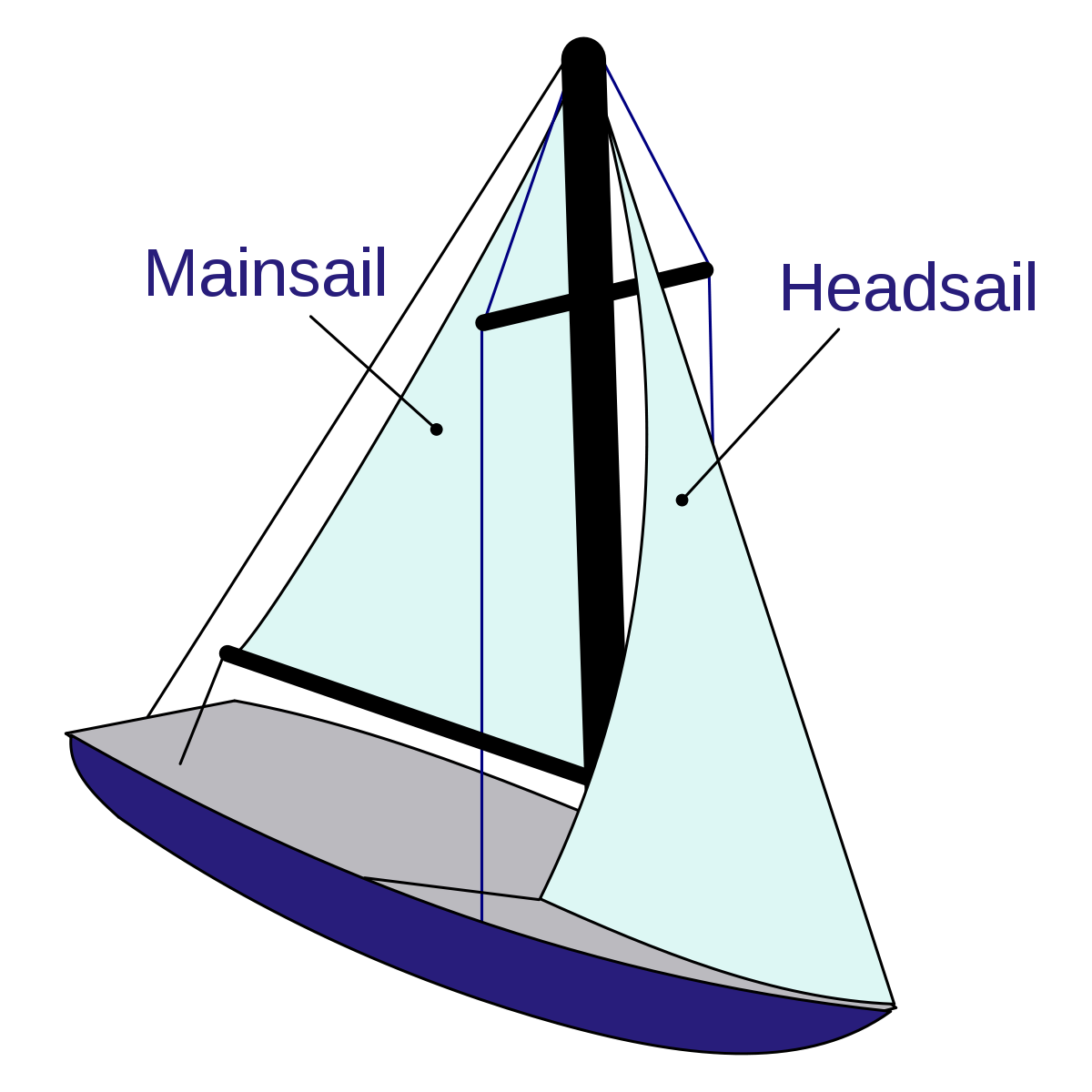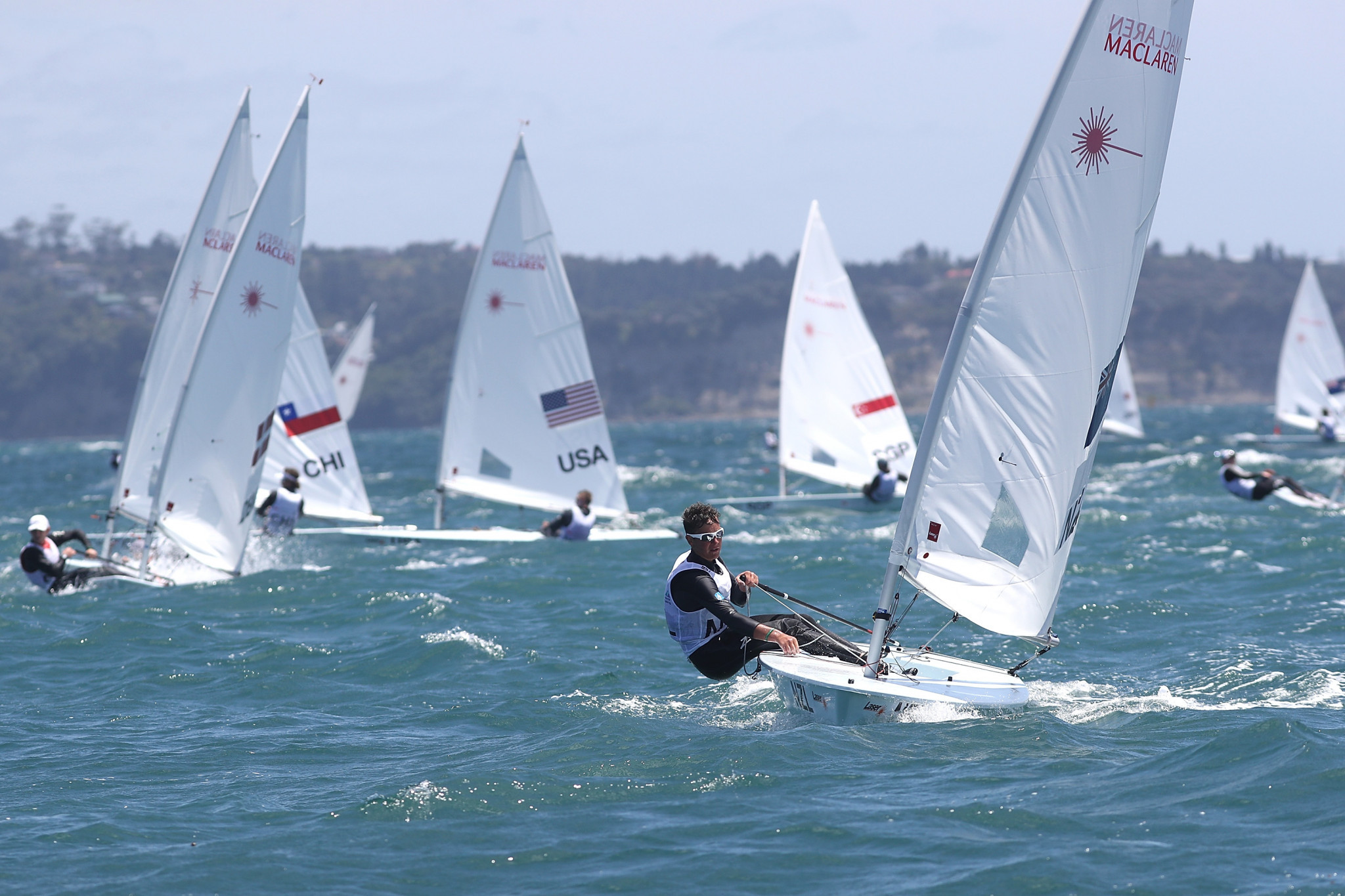A One-person sailboat is a single person boat that can generally be used for single or multiple passengers. The name “One person sailboat” is somewhat misleading, as there are in fact multiple types of single
A One-person sailboat is a single person boat that can generally be used for single or multiple passengers. The name “One person sailboat” is somewhat misleading, as there are in fact multiple types of single person sailboats. In general, a 1-person sailboat would be able to seat two people comfortably and perhaps a fourth person if there was an extra seat. It is the lack of seats on these boats that make them ideal for group travel.
The most common type of one-person sailboat is called the cruiser and it has the most typical features. They are large enough to provide space for all of the crew and they are generally strong enough to be able to carry out the task of being a boat. Some of the more popular cruiser class boats include the Alberg V-flow and the displacement. These cruisers tend to be equipped with large engines and tend to be quite heavy. A good example of a cruiser would be the Bennington. The Bennington has a large engine and is quite strong, allowing for a comfortable ride and great maneuverability.
A One-person sailing boat is also often referred to as a cutter. These boats tend to be smaller than their counterparts and are very well suited for getting around and picking up small cargo loads. Some of the more popular cutters include the cutter 250, the cutter 250cc and the cutter 200cc. As one might expect, these boats can get into some tricky situations and have the ability to carry out tasks of racking or mast climbing. So whether you are looking for a one-man sailboat for general purpose or one that can tackle the rougher seas, there are options available.
What are the types of sailing?
What are the types of sailing, then, if you ask me? For me, I think that there are three main types of sailing. The first type is known as classical sailing, and this is when you use mainly the wind power of the wind to propel yourself forward, with the help of sails. You are basically sailing in style, and if that’s not enough to get you excited, well, you could probably skip the next part. Sailing by classical standards is slow and methodical, and because of this, it is rarely used in competition due to its restrictions, which often limit boats to only two or three sails.
The second type of sailing is rowing, where there is more use of the wind than with classical sailing. It is often used for deep water, although it is also used for recreational purposes, such as for water skiing. The final type of sailing is called hydroplane racing, which is essentially a water sport, where boats will use their own wind power to propel themselves through the water.
These three main types of sailing are particularly suited to different water conditions. For example, classical sailing is often used on calm, clear, water-covered oceans. Hydroplane racing, especially used in professional competitions, usually occurs in lakes and rivers, where there is a great deal of turbulence in the water. Rowing, being used on flat water, is very convenient for those who don’t have access to boats of any kind. However, if you want to make use of wind power, windsurfing or kite-surfing could be a good option. Whichever method you choose, though, remember that you should go with what you are most comfortable with, and which best suits your skills and abilities!

What type of hull handles rough water the best?
For years people have been looking for the best type of halyards to use for their watercraft and with the recent developments in the hydroxy amphibious halyards it is much easier than ever to select the best types of hoses. With the advances in technology there are now very good models available that will allow you to float anywhere you wish and have a very stable ride. Some of the models in this industry are very stable and are very low maintenance while others are not as stable and need a little more care in order to maintain their stability. The newer multihull models offer excellent stability and are highly stable but are heavier than the older displacement hulls, which makes them unsuitable for use in shallow water. In the United Kingdom the hydroplane racing series has recently introduced new hydroplane hull types which have been developed especially for this application, these new halyards are extremely stable and are used for both racing and hydroplane racing.
The best hull types will be determined by your application and how you plan to use the boat. If you will be using the boat for racing or simply hydroplaning in rough waters then you will want to select a design that will allow you to gain speed and do great distances. The best halyards will offer a high level of stiffness, durability and safety along with excellent handling and quickness. In general, the more complex the design the more expensive the product will be, but the better the handles and other parts the more value you get for your money.
The best hull types will be determined by your budget and the type of racing you plan to do. A racing yacht is going to require more robust handling so that it can perform well in its chosen discipline. There are many companies that specialize in the development of halyards that will meet any specifications you have for your racing watercraft. They will also work closely with you during the design and testing stages of the new product. When considering the selection of handles for your racing water vessel consider the best hull designs and look for a company that has experience in the development of such handles.
